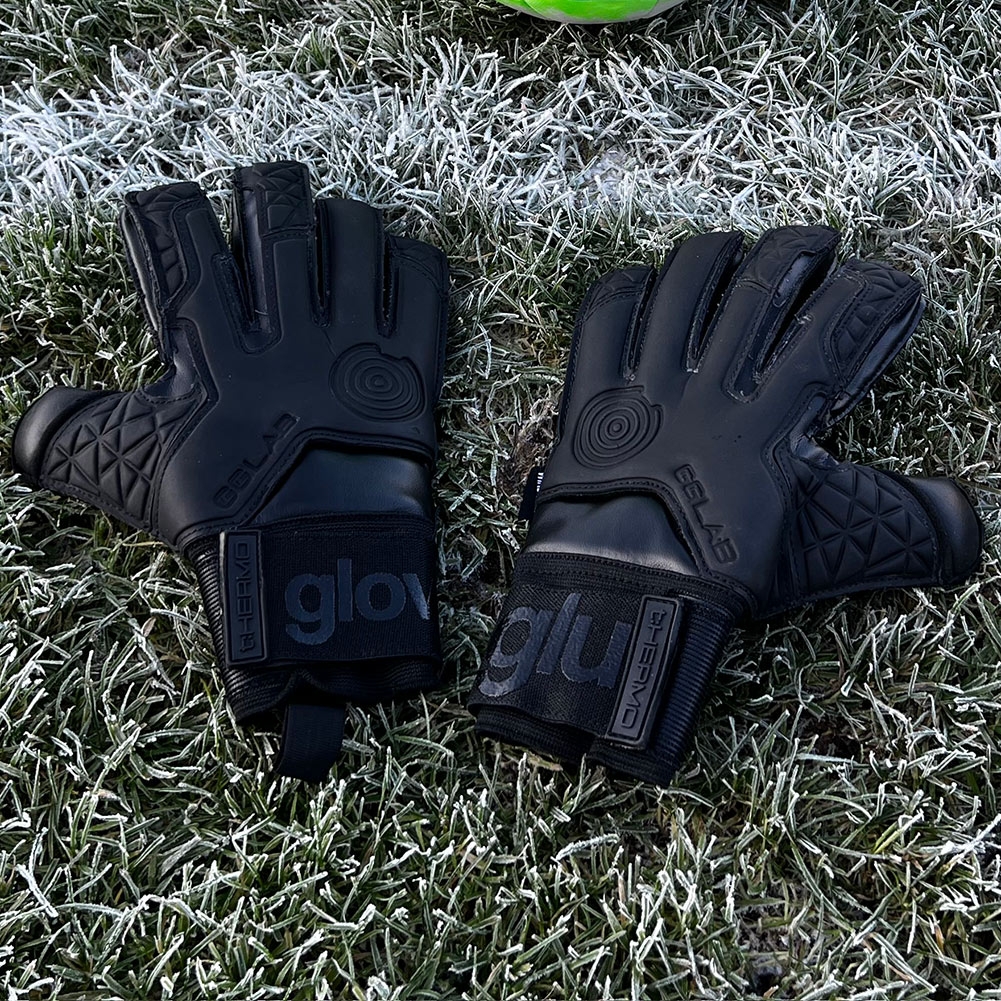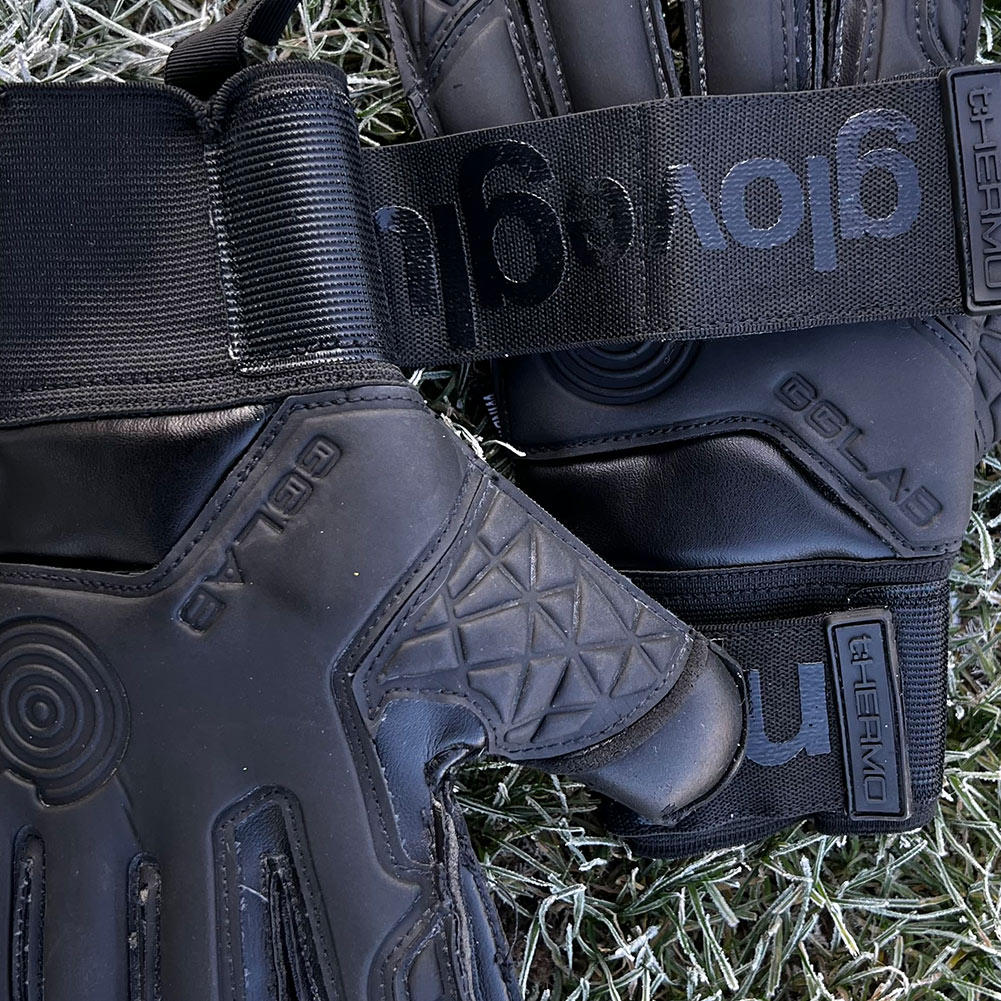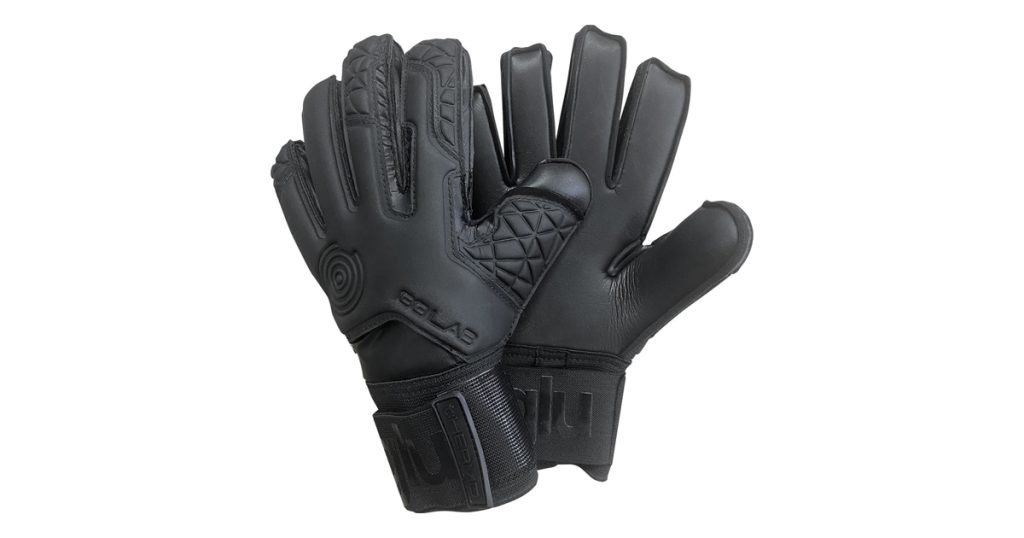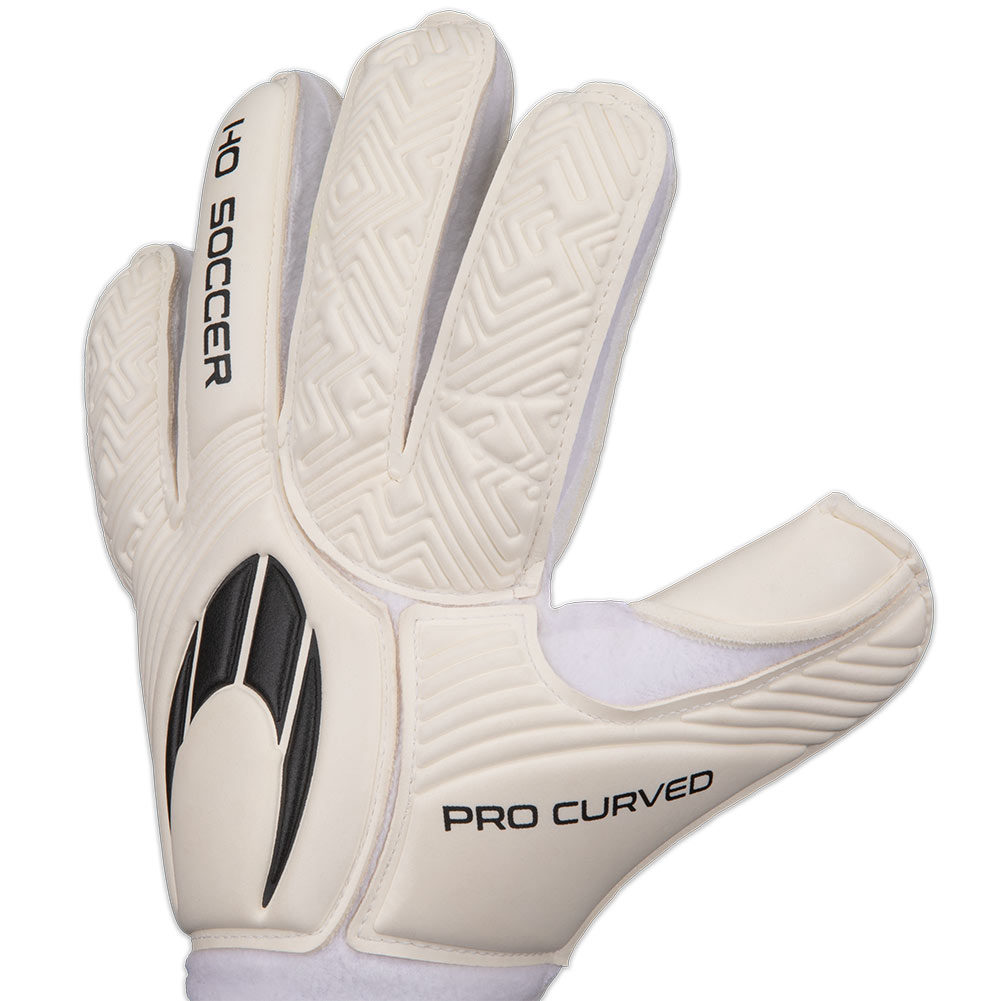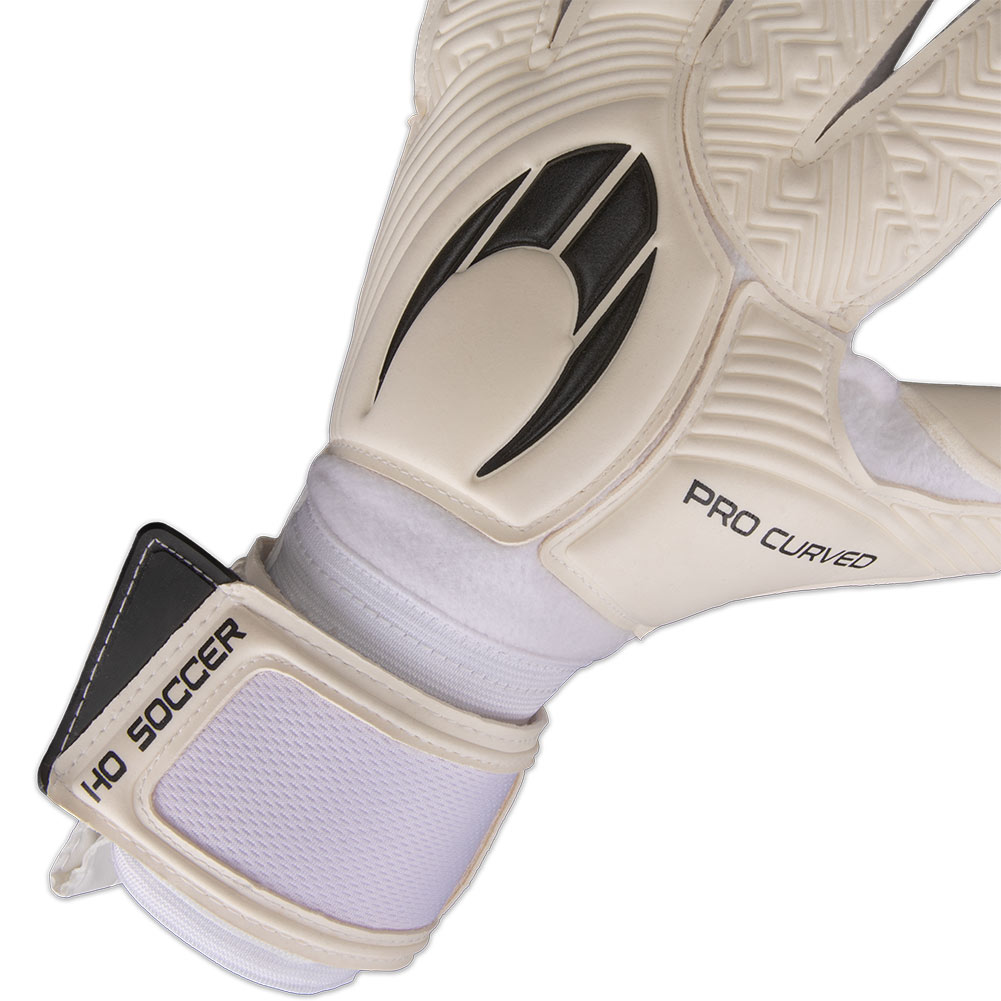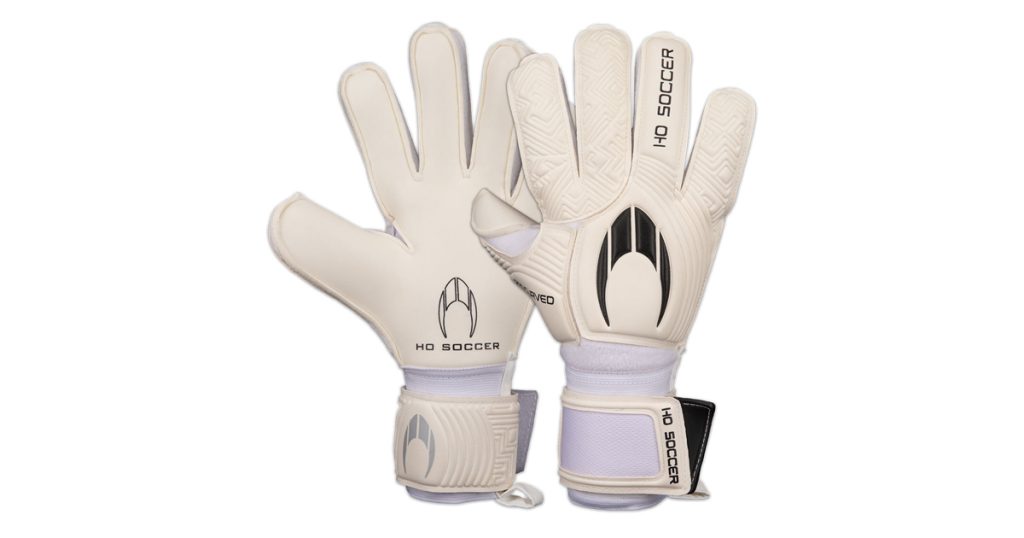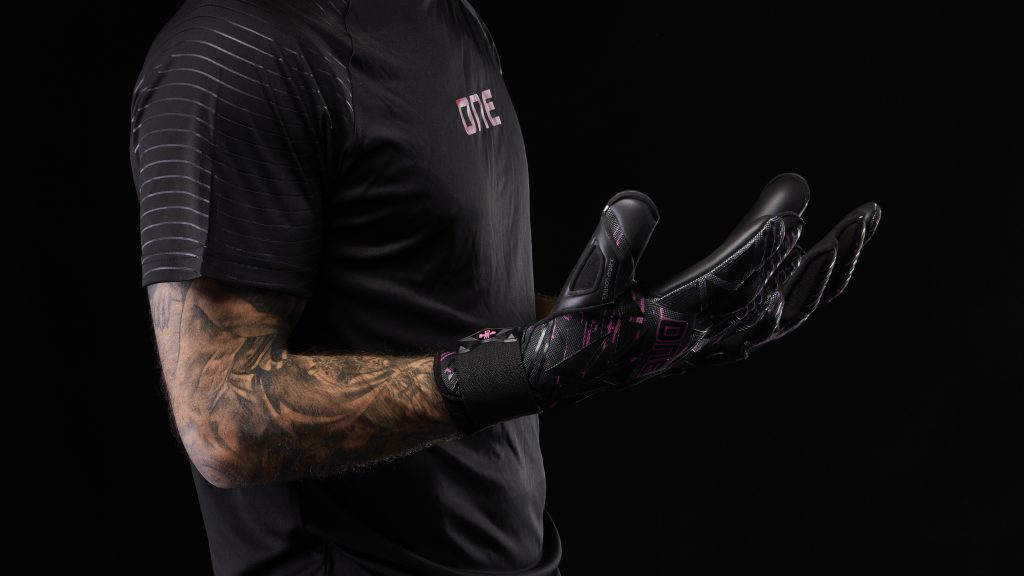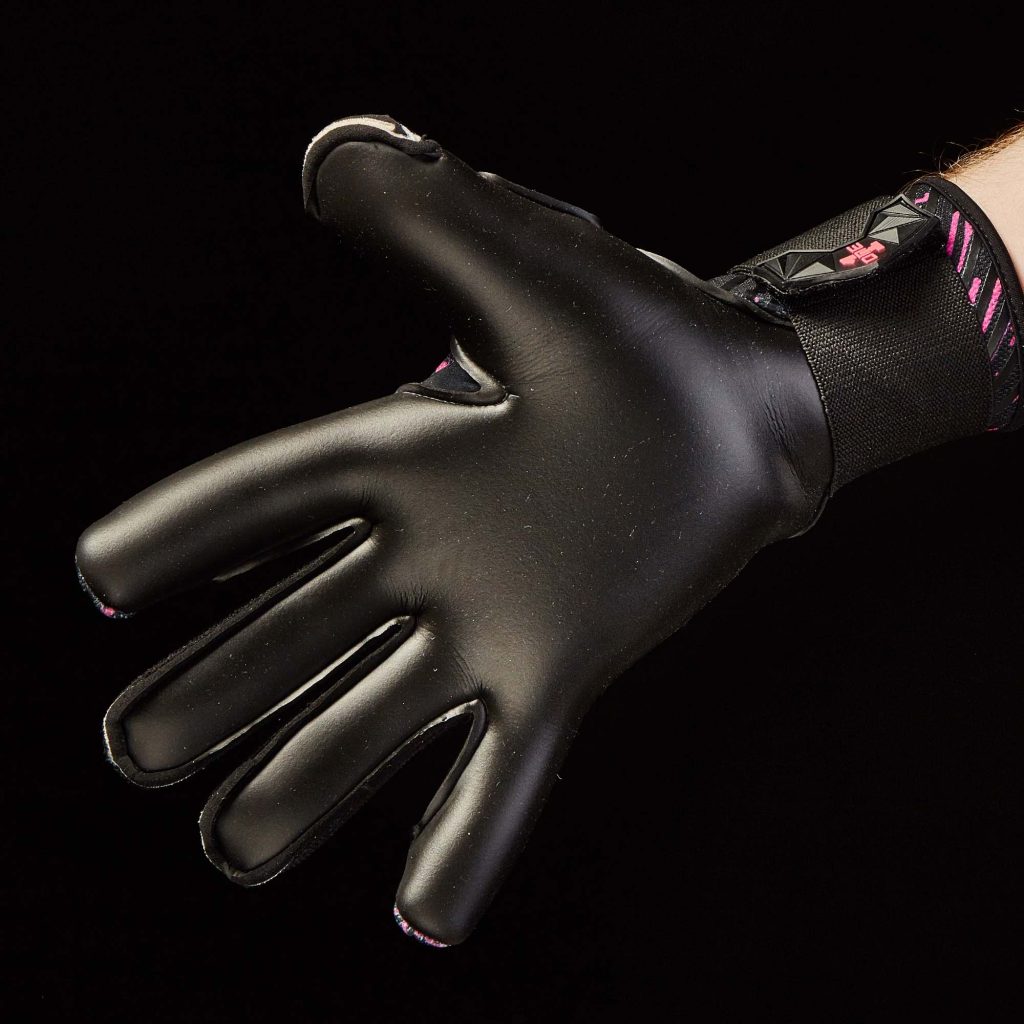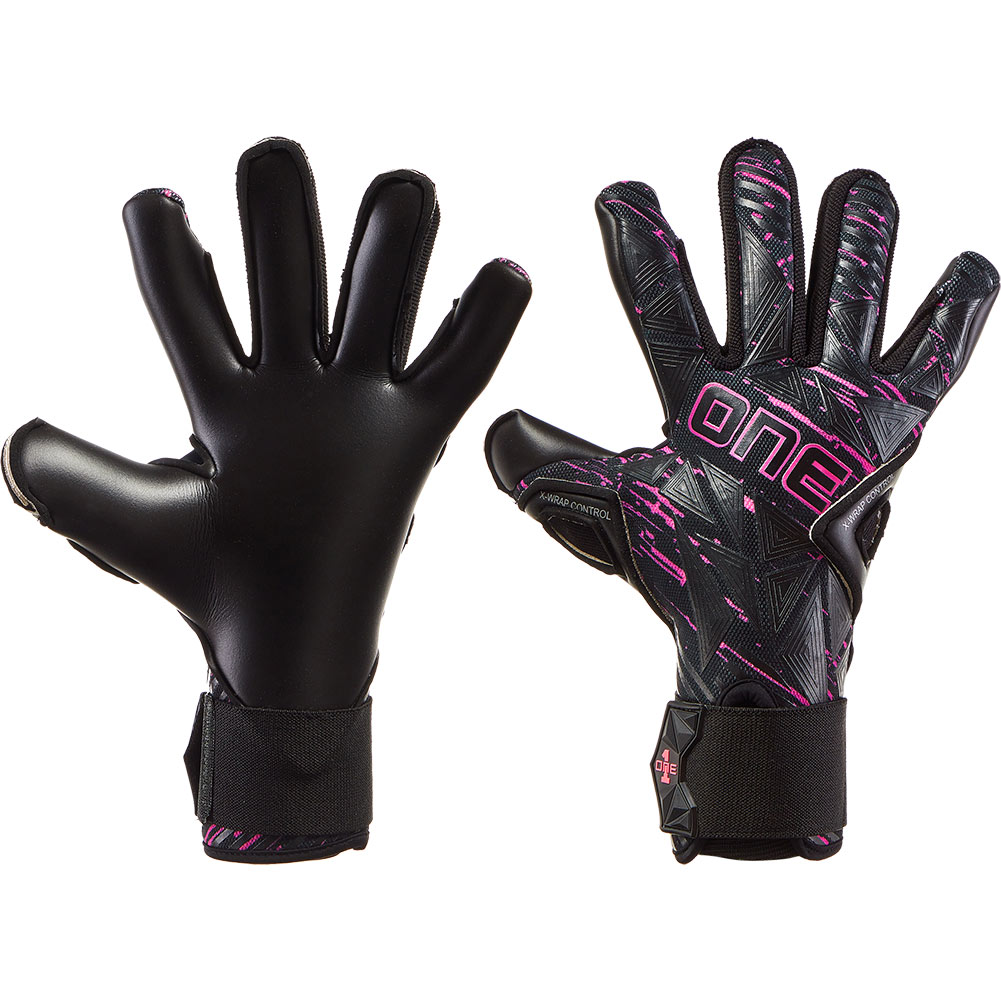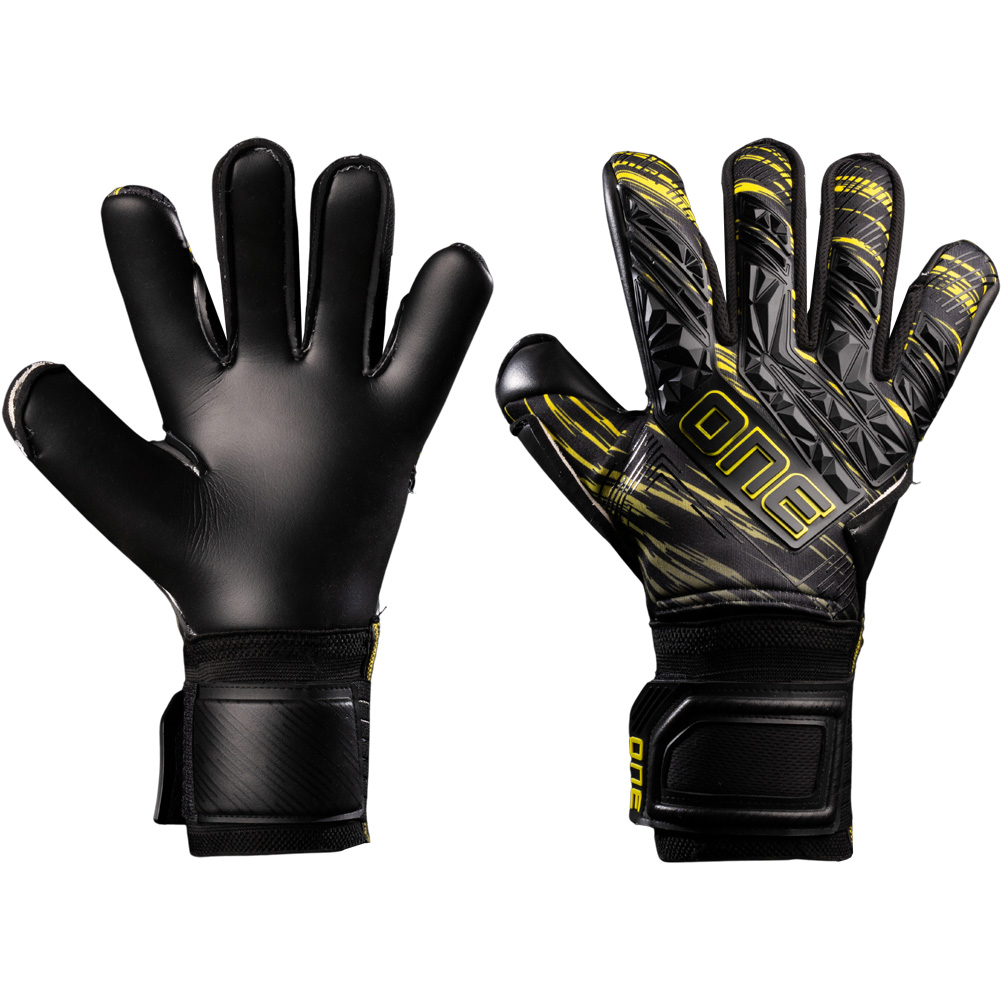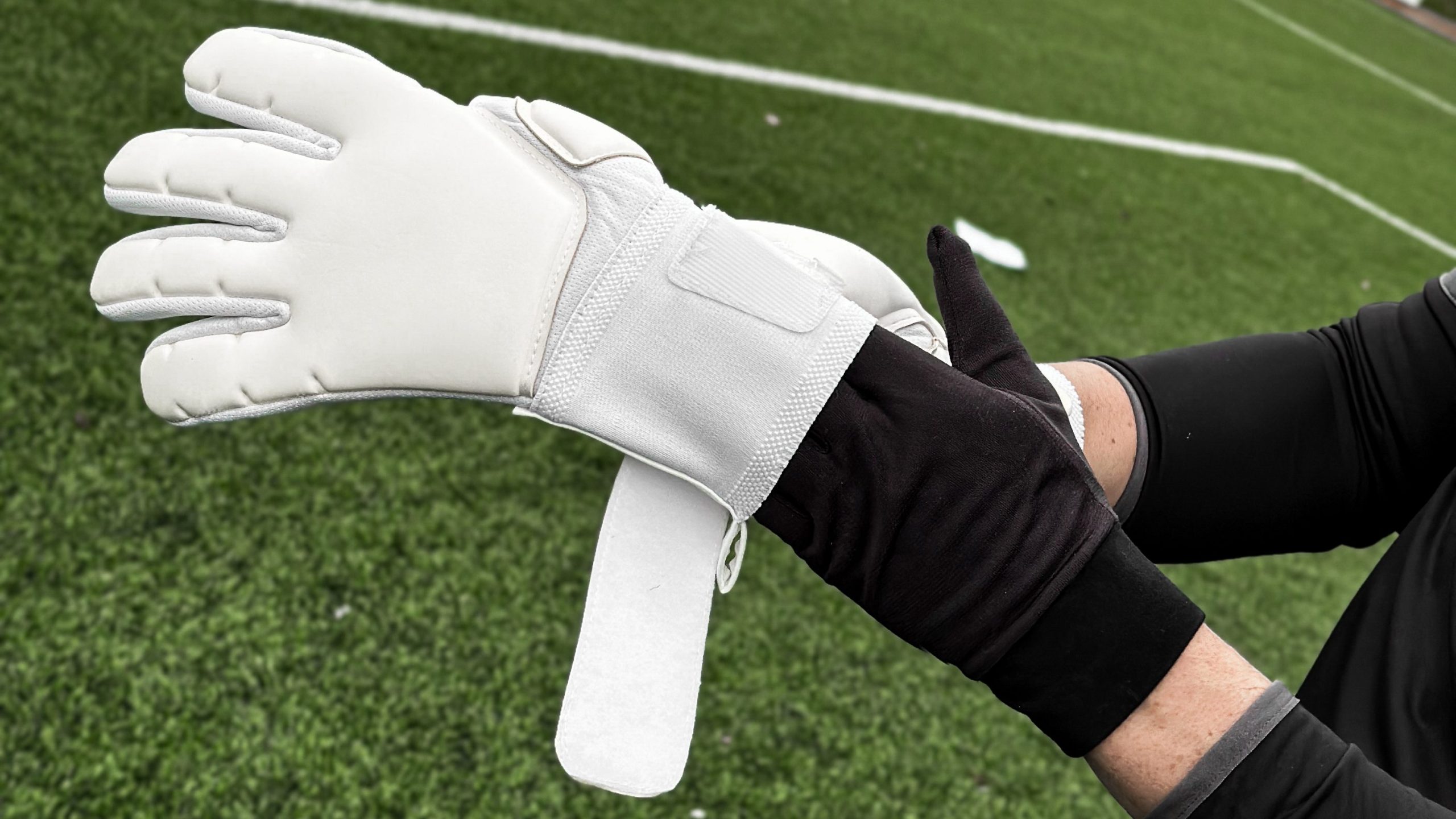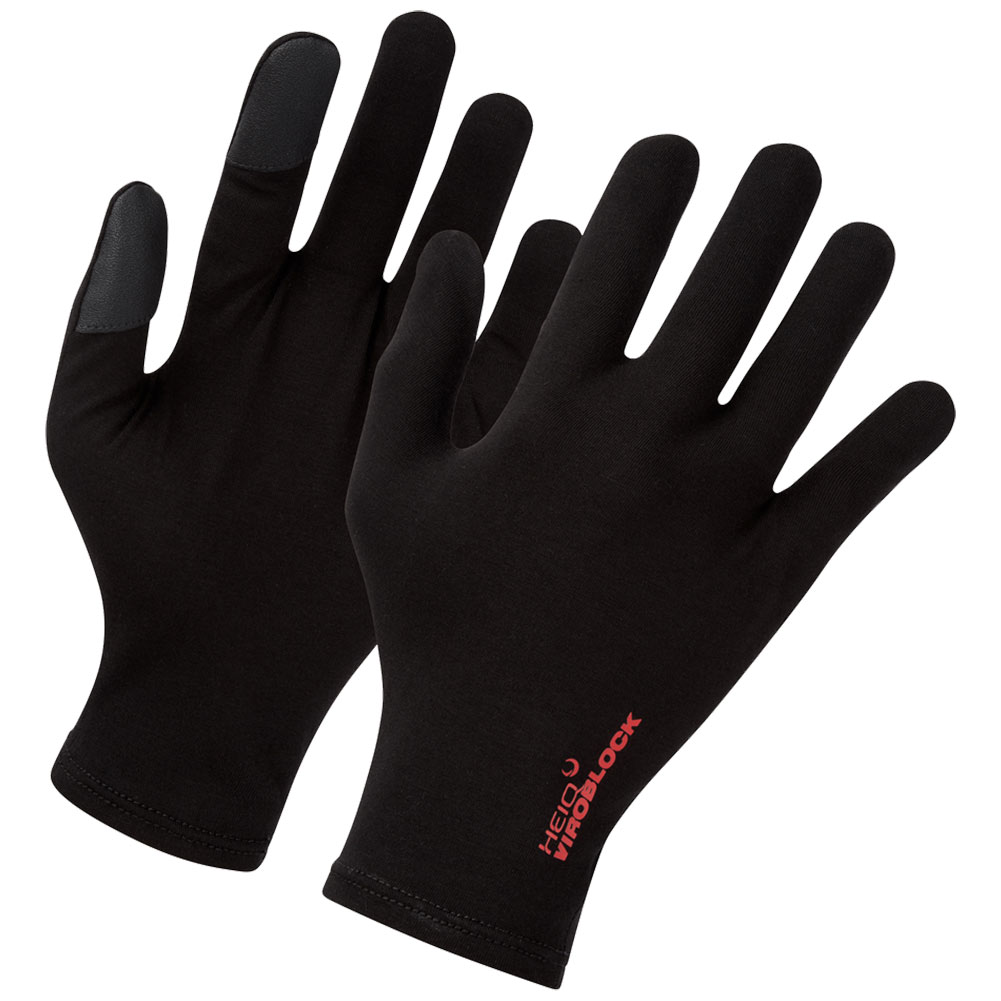In the high-pressure world of goalkeeping, your split-second decisions can actually determine the outcome of every single match. For you, that can be pretty powerful. In some situations, it can mean a huge surge of confidence when you win. In others, though, it can mean real setbacks when it’s a missed save, a fumbled catch, or a mistimed clearance. Mistakes, though, are absolutely inevitable at some point in your career as a goalkeeper. After all, you’ve probably heard it said that the mark of a great goalkeeper isn’t in the absence of errors, but in your ability to bounce back stronger than ever after an error. How can you move past those mistakes on the pitch and emerge more resilient and focused than ever? This quick guide can help.
First, Accept Your Mistakes
One of the single best things you can do first is to acknowledge that you made the mistake. That isn’t to say that you should dwell on the error. Instead, consider it this way – even the best goalkeepers in the world have had lots of mistakes happen. Instead of succumbing to self-criticism, view mistakes as valuable lessons that contribute to your growth and development. While many believe acceptance is a sign of weakness, almost the opposite is true. The ability to accept the mistake is a demonstration of maturity and self-awareness. By acknowledging the occasional blunder, you’re empowering yourself to address your weaknesses, refine your skills, and emerge from each match more resilient and mentally fortified for the challenges that lie ahead. The path to goalkeeping excellence is paved with ups and downs, and the ability to accept mistakes is the only way to work toward success. By recognising those mistakes, you’re able to better take ownership of every single one of them. Once you do that, you can begin to focus on more positive actions after the mistake.
Once You Recognise the Mistake, Learn From It
Remember that every mistake is an opportunity to learn and grow. Once you know that you made a mistake, take a moment to delve into the intricacies and extract meaningful lessons. Dissect the play: Was it a positioning misjudgement? Did the ball take an unexpected trajectory? By scrutinising the specific circumstances surrounding the mistake, you’re going to find places where you can improve your technique, decision-making, and overall game awareness. It’s important to note here that learning from mistakes isn’t just the ability to identify what went wrong. Instead, it’s about understanding why it happened and how to prevent that same error in your next match. Embracing mistakes as instructive moments can help you build a continuous cycle of improvement, ensuring that every game is an opportunity to be better.
Build a Positive Mindset
Remember that being a goalkeeper is as much about mastering the mental aspects of the game as it is about mastering the physical aspects. Dwelling on your mistakes, though, is only going to wreck your mental game, creating a serious impact on your performance and confidence. Working to build a positive mindset, though, can help. There are lots of ways to do this. For some, it means visualisation. Visualisation is a powerful tool to create a positive mental image of success. It’s a fairly easy one to incorporate into your routine, too. Just picture yourself making crucial saves, commanding the penalty area, and contributing to the team’s success. Visualisation can boost confidence and create a sense of familiarity with successful outcomes. You can also work on your goals themselves. Establishing realistic and achievable short-term and long-term goals can help you keep your mindset, even in the face of mistakes. To make it work, you’ll want to break down larger goals into smaller, manageable tasks, as achieving these smaller milestones can contribute to a sense of accomplishment and help maintain a positive outlook. Some good goals might be increasing your number of saves, working on better communication with your defenders, becoming better at timing. Building your positive mindset may also mean replacing negative self-talk with positive affirmations. Encourage yourself with statements like “I am a skilled goalkeeper,” “I am confident in my abilities,” or “I learn and grow from every experience.” Positive self-talk can boost confidence and contribute to a resilient mindset.
Be Present
It’s easy to get caught up in the “what-ifs” after a mistake. Instead, refocus your energy on the present moment. There are several ways to do just that. It starts when you establish pre-game rituals that help you transition into a focused and present state of mind. Whether it’s a specific warm-up routine, the visualisation exercises we talked about early, or something else entirely, consistent rituals can signal to your mind that it’s time to be fully engaged in the game. More than that, though, you’ll want to train your focus on the ball and the immediate play at hand. You must learn to avoid distractions and stay tuned in to the ball’s movement, the players’ positions, and the dynamics of the game. By directing your attention to the present action, you enhance your ability to react quickly and effectively. Remember that dwelling on the past can distract you from making vital contributions to the match. This presence of mind shouldn’t end when the game does, though. After the game, engage in reflective practices to learn from your experiences. Identify moments where you were fully present and moments where your focus wavered. Use these reflections to refine your mental approach and enhance your ability to be present in future matches.
Mistakes No More?
Every goalkeeper faces adversity on the pitch, but it’s the ability to overcome mistakes that defines greatness. By acknowledging, learning, and maintaining a positive mindset, you can turn setbacks into stepping stones for improvement. Remember, the journey to success is paved with challenges, and each mistake is a chance to grow and evolve as a goalkeeper. So, embrace the process, stay resilient, and keep making those game-changing saves!

